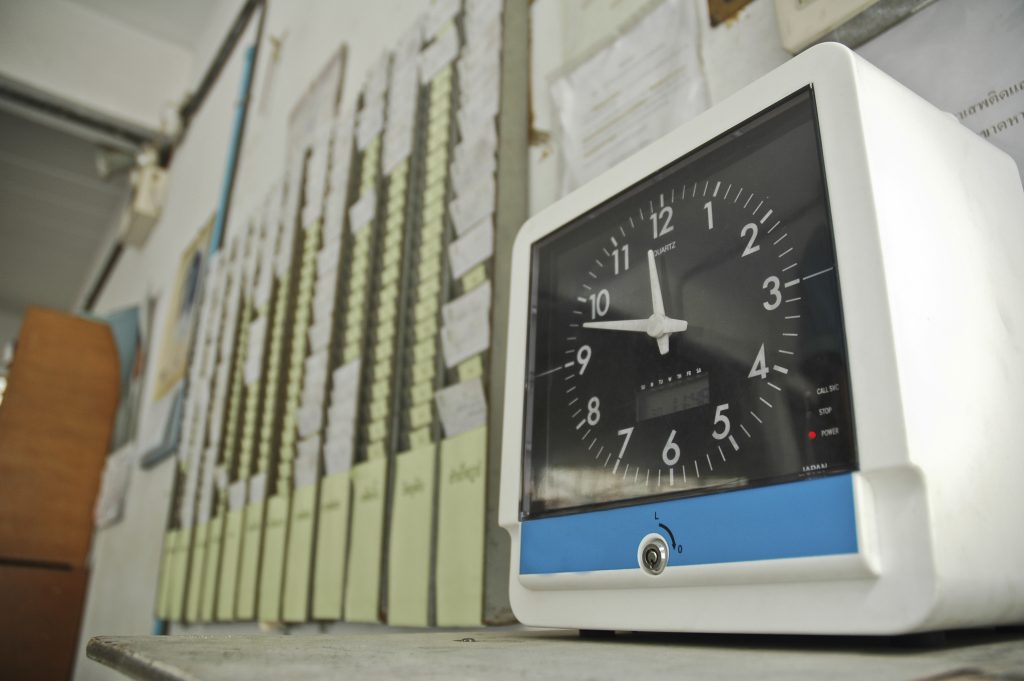Every dollar that you don’t spend on overhead drops directly to the bottom line of your financials at the end of each month. Some expenses – rent and malpractice insurance, for example – are more or less fixed. It’s your variable expenses that, when scrutinized and managed, can make a difference in profitability. Consider the following ideas to help control “overhead creep.”
Payroll is one of the largest expenses in any practice. Look for small ways to trim here and there without reducing your workforce or compromising office efficiency. For example, if your practice opens at 8 a.m. each day, staffers likely arrive and clock in early to turn on the lights, computers, heat or A/C, and start the coffee. But the entire staff certainly doesn’t need to show up early to get the engines running each morning. One person (or one from each department if you have a large office) coming in 15-20 minutes ahead of the rest of the team should be sufficient.
Also related to payroll, keep a very close eye on overtime. Stagger hours if needed so that no one is working beyond what your state classifies as overtime and where you’re required to pay a higher hourly rate than you do for what is considered to be the usual and customary hours per day or week for a full-time worker.
Utility costs tend to vary by season, and there are steps you can take year-round to keep this expense under control. Temperatures in the office need to be at comfortable levels for both staff and patients, but if you notice employees wearing sweaters in the summer or running around in short sleeves in the winter, take a look at your A/C and heat settings and make adjustments if needed. If you live in a location that has extreme hot and cold months, put thermostats on timers so that the office warms up or cools down shortly before you open each day. Aside from internal climate control, remember to keep equipment turned off or unplugged when not in use, install energy-efficient lighting, and weatherize the office by using window stripping. Contact your local electric and gas providers to see if they can send someone to your office to give you additional ideas about how to cut utility costs.
There are a number of easy ways to keep supply costs down. A few include:
- Watch for special deals (especially on items you use a lot) and stock up.
- Buy non-sale items in bulk if the cost savings makes it worth having to find a place to store extra goods.
- Look for free shipping when ordering online or from catalogs.
- Put one or two people in charge of inventory control.
- Reward staff for finding ways cut supply costs.
Keep an eye on recurring contracts such as those for linen and cleaning services, equipment leases, software vendor agreements, and mobile phone and internet plans. Read this post from last year for more information.



